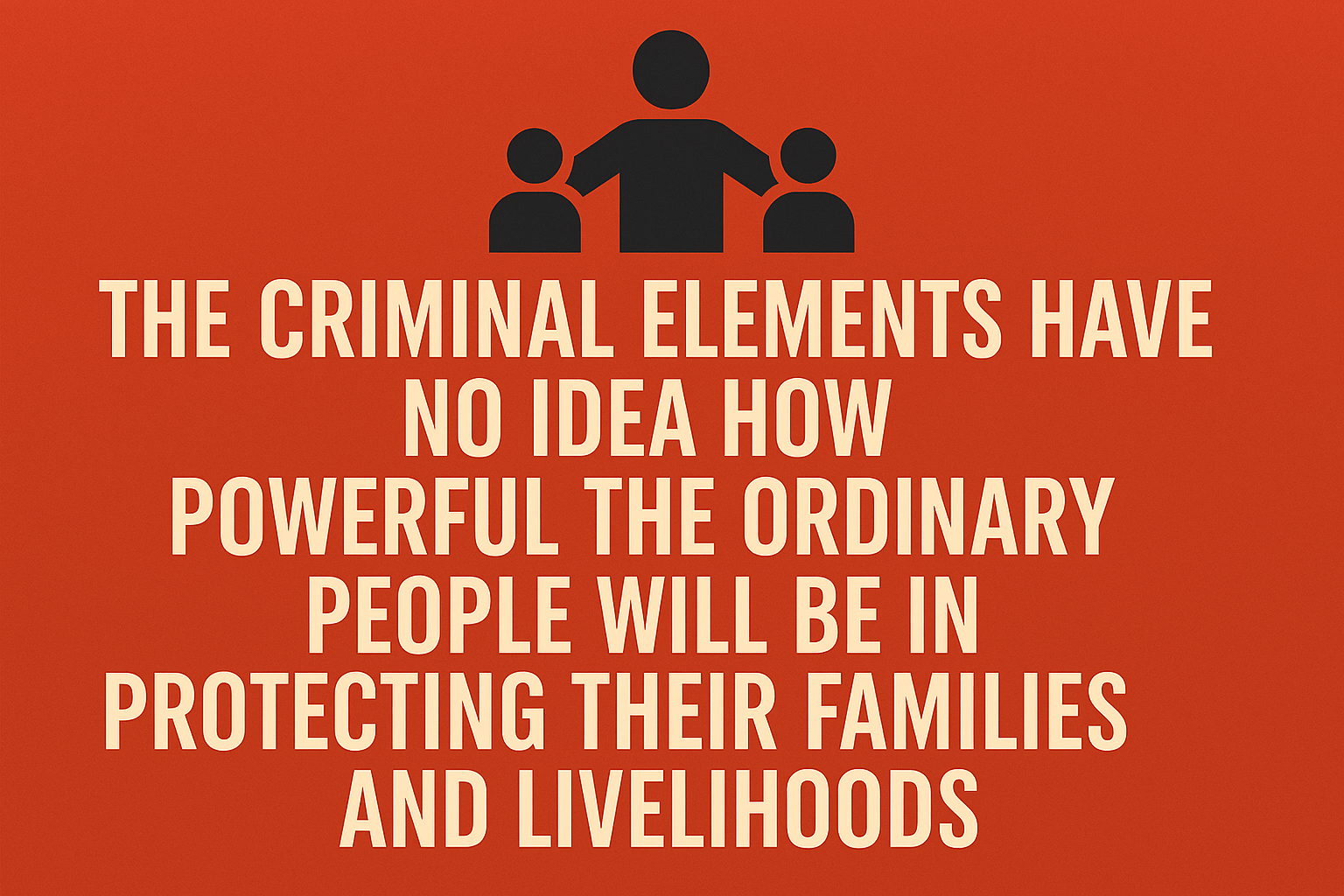Summary
I believe that unless the federal government has the will to squash the continuous uprisings, riots, and chaos, we will quickly evolve into a civil war. But the criminal elements have no idea how powerful the ordinary people will be in protecting their families and livelihoods. The 400,000,000 guns, owned by ordinary people, are tucked in the background, ready for this event.
Political Polarization and Rising Violence
- Polarization Metrics: Eight-in-ten Americans say Republicans and Democrats cannot agree on basic facts. In 2024, 77% of Republicans identified as conservative—a record high—while 19% of Democrats identified as very liberal, also a record.
- Unity Index: The Vanderbilt Unity Index, a measure of national cohesion, fell to 46.48 in late 2023, down from 72.33 in 1991. This significant drop indicates historically low levels of national unity and the potential for increased division.
- Violence Perception: 85% of Americans believe political violence is increasing, and 30% say some violence is justified to “get the country back on track.”
Civil War Likelihood: Public Opinion
- A June 2025 YouGov poll found 40% of Americans believe a civil war is likely within the next decade (12% “very likely,” 28% “somewhat likely”).
- Longitudinal surveys show only 6.5% strongly agree that civil war will occur soon, and just 3.6% believe it is necessary.
Border Crisis and Illegal Immigration
- Under the Biden administration, border encounters hit 10.8 million between FY2021 and FY2024, including 2 million “gotaways.”
- Fiscal year 2024 alone saw nearly 3 million inadmissible encounters, a substantial increase from the 2.37 million during FY2017–2020, indicating a growing problem with illegal immigration.
- The Trump administration’s crackdown, while successful in reducing illegal crossings to 238,000 in FY2025—the lowest since 1970, also had other implications, such as increased border militarization and strained international relations. The efforts are characterized as “a drop in a bucket.”
Radical Movements: Antifa and BLM
- Antifa remains decentralized, with no national leadership, making activity hard to quantify. Reports confirm episodic violent incidents and prosecutions since 2020.
- Black Lives Matter support has declined from 67% in mid-2020 to 51% in 2023, reflecting shifting public sentiment.
- The Prosecution Project has documented over 1,700 cases of politically motivated crimes, including unrest linked to BLM and Antifa.
Military-Industrial Complex: Profit vs. Security
- U.S. defense spending hit $997 billion in 2024, nearly 40% of global military expenditures and more than the combined spending of the following nine countries.
- From 2020 to 2024, $2.4 trillion in Pentagon contracts went to private firms, with five companies—Lockheed Martin, RTX, Boeing, General Dynamics, and Northrop Grumman—collectively receiving $771 billion.
- By contrast, the entire diplomacy and humanitarian aid budget was $356 billion over the same period.
Foreign Aid vs. Domestic Needs
- In FY2023, the U.S. committed $99.8 billion to foreign aid, about 1.3% of federal spending.
- Meanwhile, non-defense domestic spending soared to 18.6% of GDP in 2023, up from 12.6% in 2000, signaling fiscal strain.
Bring Our Troops Home & Refocus
The U.S. currently maintains a military presence in over 80 countries, while pressing domestic issues such as housing shortages, inflation, and healthcare gaps persist. However, redirecting even a fraction of the defense and foreign aid budgets could bring about significant improvements in our infrastructure and social stability, offering a glimmer of hope for a more balanced future.
Bottom Line
While America is not currently embroiled in a civil war, the structural indicators of division, political violence, and resource misallocation are undeniably alarming. Without a strategic pivot towards domestic priorities, the risk of escalating unrest will continue to loom large, underscoring the urgent need for a new direction.
